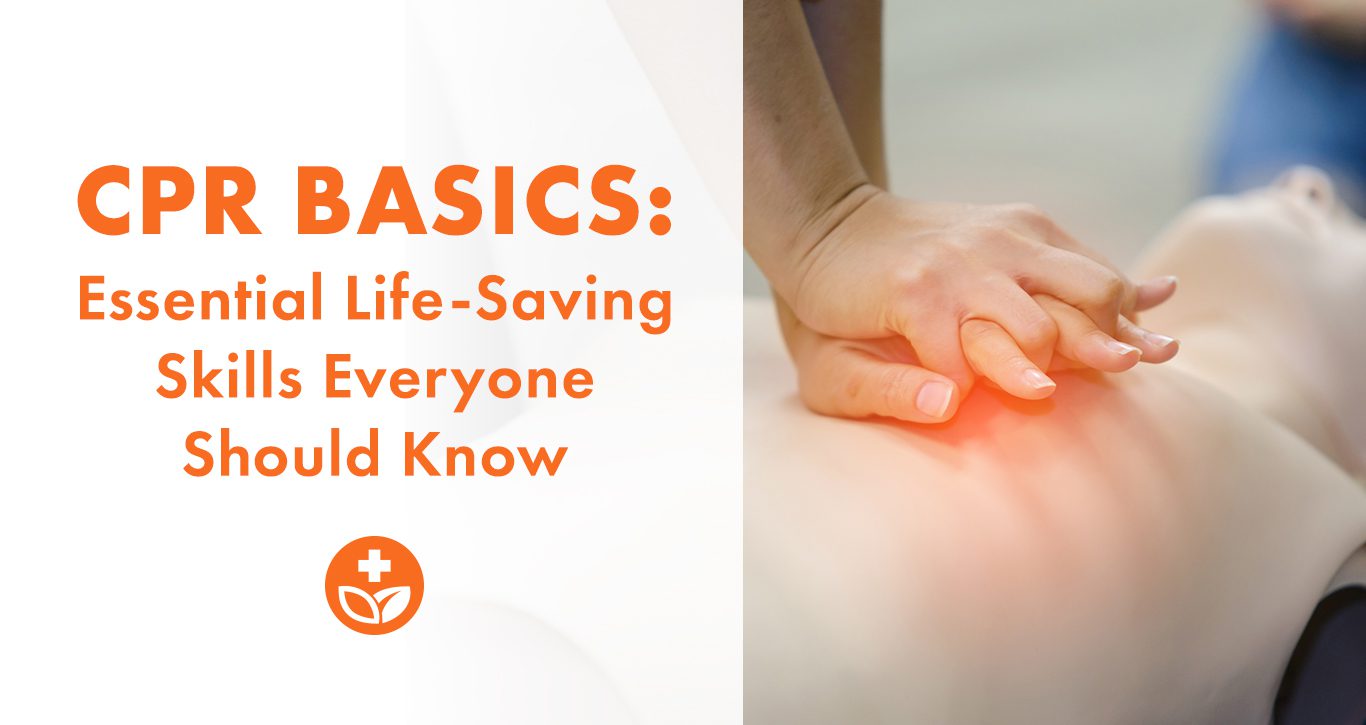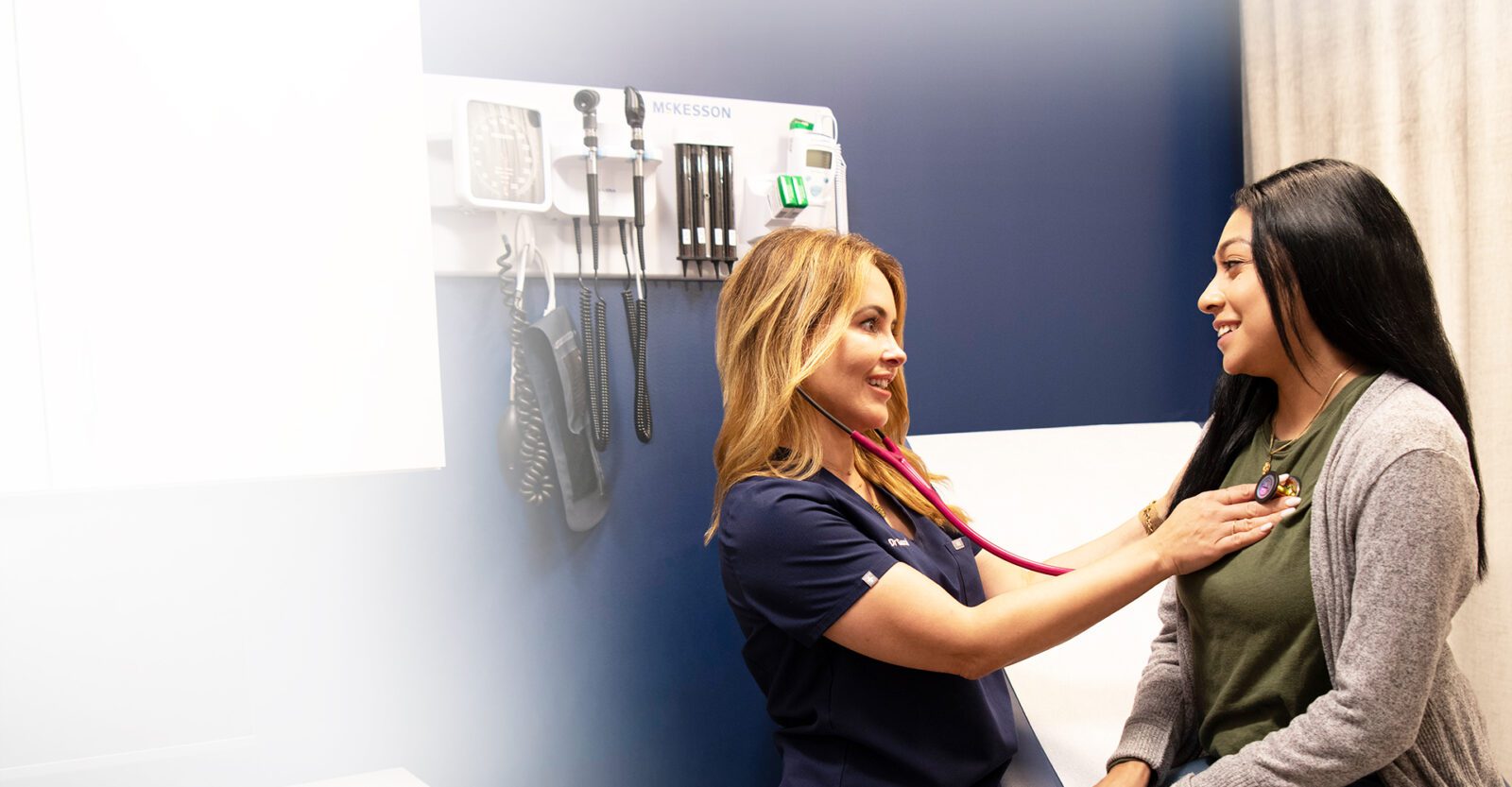CPR Basics Everyone Should Know

The recent public demonstration of CPR and Damar Hamlin’s recovery from cardiac arrest puts a spotlight on the importance of cardiopulmonary resuscitation. CPR is a lifesaving technique used to revive a person who is experiencing cardiac arrest. It is performed when a person’s heart has stopped beating or is not beating effectively enough to circulate blood to vital organs such as the brain, lungs and heart.
There are two commonly known versions of CPR, one for the general public and one for healthcare providers or people trained in CPR. Innovative Care is celebrating February Heart Month by renewing providers’ skills in CPR.
Here are some tips the general public should know about how and when to use the lifesaving technique.
When should you do CPR?
CPR should be started immediately if an unresponsive person is not breathing or not breathing normally, including situations where a person:
- Has collapsed and is unresponsive.
- Is not responding to any stimuli, such as shaking or shouting.
- The person’s heart has stopped beating or the pulse is not detectable.
- The person was experiencing signs of a heart attack, such as chest pain, shortness of breath, and nausea prior to their collapse.
What do you do if someone is unconscious?
- Check the scene for safety and make sure it is safe to approach the person.
- Check for responsiveness by gently tapping the person on the shoulder and shouting “Are you okay?”
- If the person is unresponsive, call 911 and get an AED device, or ask someone to call while you start CPR.
What are the basic steps to perform CPR?
For the general public, versus a trained person or healthcare provider, you push hard and fast in the center of the chest, performing compressions only (without mouth-to-mouth breaths).
- Begin chest compressions by positioning the person on their back on a firm, flat surface.
- Place the heel of one hand on the center of the person’s chest, and place the other hand on top of the first hand.
- Lock your elbows and push down hard and fast, compressing the chest at least 2 inches deep and at a rate of 100-120 compressions per minute. Think of the song Stayin’ Alive to help keep track of the compressions.
- Allow the chest to recoil to its original position between compressions.
Important Components of CPR
- Minimize interruptions in chest compressions.
- Provide compressions of adequate rate and depth.
- Avoid leaning on the victim between compressions.
- Ensure proper hand placement.
- Avoid excessive ventilation.
Remember, you are keeping the person’s heart beating. Don’t stop!
